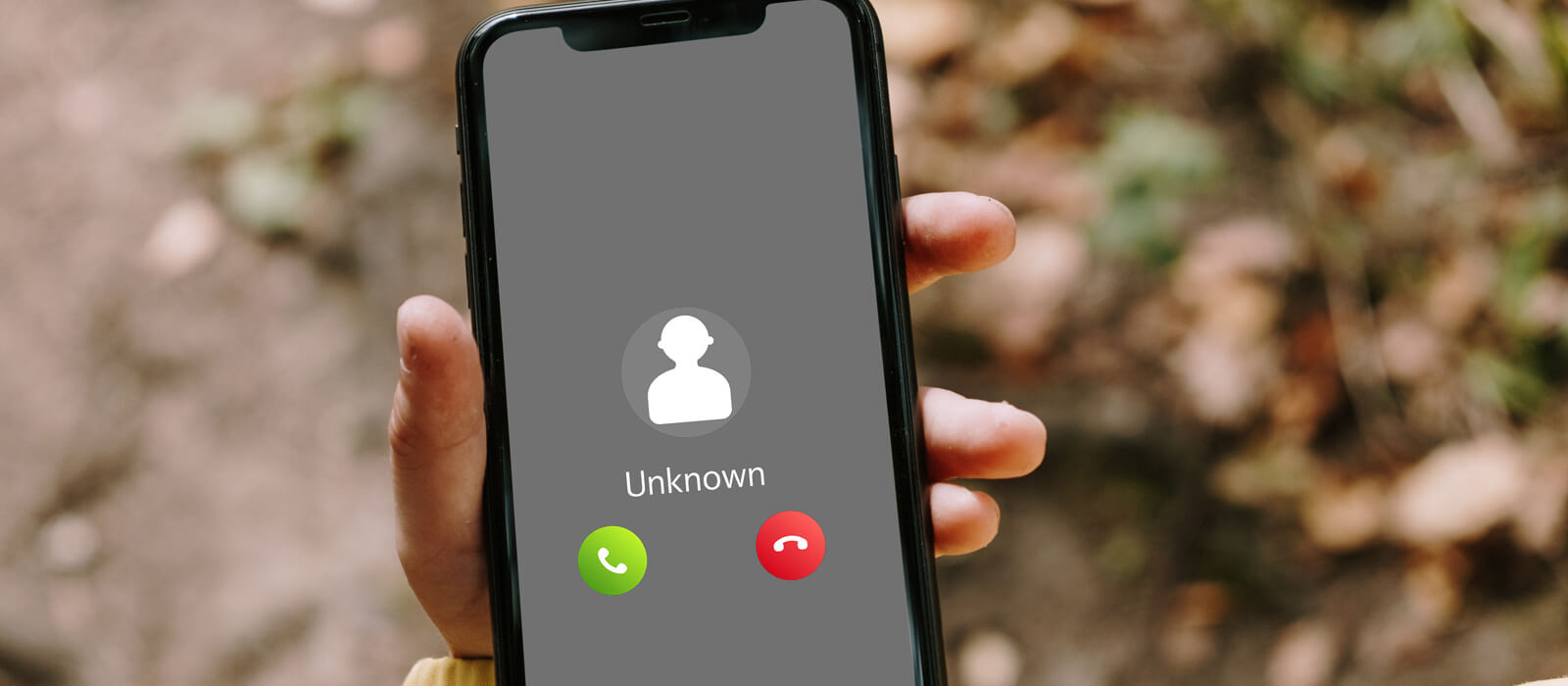How Are Courts Tackling The Discoverability Of Cell Phone Evidence In Litigation?

Cellphone users know that our phones generate a vast quantity of data about our life, location, and habits. What many of us may not understand, however, is that much of this information is stored on our cellphone and can be accessible to forensic professionals.
Cell Phone Evidence – Governing Statute
Electronically stored information on smartphones is discoverable under Federal Rule of Civil Procedure 34(a)(1)(A) and is subject to the proportionality constraints set out in Rule 26(b)(1). When considering whether to permit a litigant to obtain access to information stored on an opposing party’s smartphone or similar device, courts must weigh privacy and confidentiality concerns. In its remarks on the 2006 change to Federal Rule of Civil Procedure 34, the Advisory Committee warns that:
Inspection or testing of certain kinds of electronically stored information or the electronic information system of a responding party may cause confidentiality or privacy concerns. The inclusion of testing and sampling to Rule 34(a) with respect to documents and electronically stored information is not intended to establish a right of routine direct access to a party’s electronic information system, although such access may be justified in some situations. Inspecting or testing such systems should not be conducted in a manner that is too invasive.
Courts acknowledge that “simple skepticism that an opposing party has not produced all relevant information” or “a mere desire to check that the opposition has been forthright in its discovery responses” are insufficient grounds to justify extreme discovery measures such as an exhaustive forensic examination.
In its place, the courts have approved “restricted and orderly computer forensic examinations when the moving party has demonstrated that the opposing party has breached its discovery obligations by refusing or failing to produce relevant information through more conventional means.” In addition, the courts have made it plain that “the utility of allowing forensic examination of personal cell phones must be weighed against inherent privacy concerns.”
Cell Phone Evidence – Relevance To Civil Litigation
After an automobile accident, the at-fault driver’s liability insurance should cover your costs.
If you have gathered the information listed above, you or your attorney will be well prepared to contact the other party’s liability insurance provider to make a claim and support your claim with documentary evidence.
Financial Protection Following An Accident
Smartphones and tablets generate a variety of digital data that may be significant in civil litigation. The quality of the evidence may range from insignificant to smoking gun. The evidence may consist of admissions against a party’s interest made in emails (and attachments), SMS text messages, phone calls, and even instant messenger (IM) networked interactions and social media sites. Call logs may be used to map conversations between relevant parties against crucial dates. Who phoned whom and when, as well as what websites and apps were accessed and downloaded, might either accuse or exonerate. GPS position tracking records may function similarly. Photographs and videos may be used as evidence. Relevant information may also exist outside the digital devices themselves in cloud-based accounts (social media sites) that may be accessed through a smartphone (think Craigslist, Facebook and Twitter). Notably, the digital device may have the necessary credentials to access information stored remotely.
The capacity of a smartphone to broadcast its location, and by extension the whereabouts of its user, is of enormous interest to prosecutors and is often used to establish a case against a criminal defendant, including the rejection of an alibi defense.
However, location-revealing smartphone functions may also have significant civil lawsuit repercussions. This evidence may be discovered not only in the GPS data stored on the phone, but also in network communications that register the phone (or “ping” it) when it is connected to the network and communicating with cell towers. 28 This second kind of digital data, known as historical cell site location information (“CSLI”), is recorded on the network and not on the phone. Between GPS data on the phone and possibly accessible CSLI data from the carrier, the data may position a phone (and its user) in precise geographical places and times.
A competent attorney must notice the potential treasure trove of important evidence contained on mobile digital devices and take measures to explicitly obtain discovery of mobile devices and to preserve the digital information stored on them. Early requests for such information and directives to preserve such evidence are essential given the risk of files being overwritten, deleted, or altered by normal device operation (as discussed below), as well as the risk that users will upgrade their device to take advantage of the latest technology, resulting in the old phone being returned to the carrier and wiped clean. A smartphone’s lifetime may expire before a lawsuit is filed.
Want to file a lawsuit or found yourself in legal troubles related to personal injury? Pick up the phone and dial 1-855-80-HOUND (1-855-804-6863) or visit us at www.counselhound.com today for a free consultation of your case and our expert lawyers will help you get the most out of your case, legally!
Following these suggestions will help you avoid crippling medical debt and may boost your chances of obtaining the compensation you need to reclaim your life.
No-Cost Case Evaluation
Law is complicate matter. It can cause you a big problem if you ignore it. Let us help you!
No-Cost Case Evaluation
Law is complicate matter. It can cause you a big problem if you ignore it. Let us help you!

